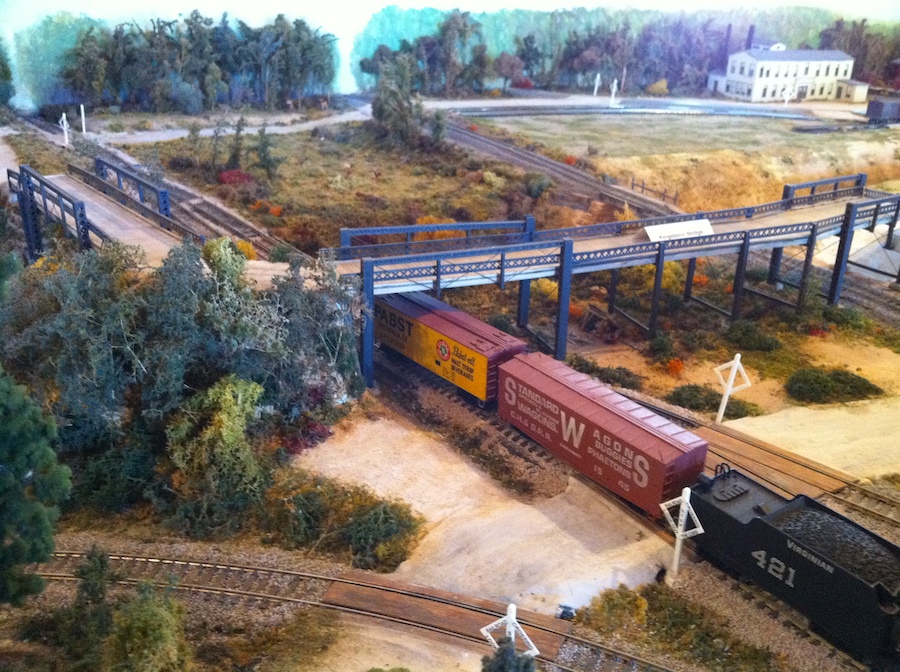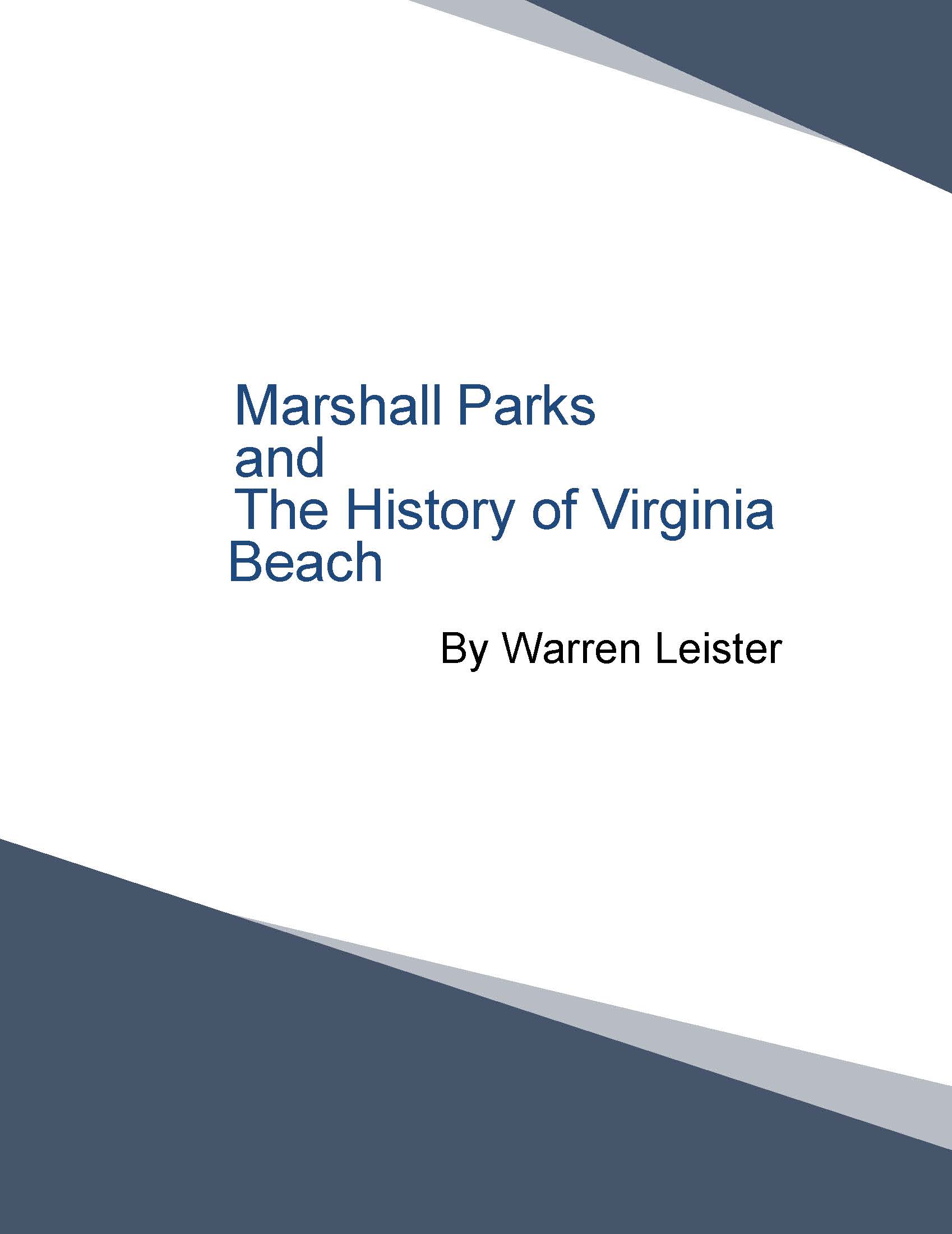Come Together
Get Ready for Family Fun,
Education, and Entertainment!!
| search engine by freefind | advanced | ||
Making Tracks
September 2023
Part 2: The Birth of Virginia Beach
By Warren Leister
“The bath {wading and swimming} succeeds – and when we are fairly within the glorious embrace of the waves, we are soon satisfied that the ancients meant something more than an amusing fable when they declared that Venus sprang from the foam of the sea. Worn down as I was by the oppressive heat of our town {Baltimore, Md.}, Monday and Tuesday {July 14 & 15th, 1851}, I felt myself perfectly reinvigorated, after the first half hour spent in the sea on the morning after my arrival. I can not say whether I require more “setting up” now-a-days, than of old, but I am inclined to think that I find more virtue and potency in the bath this year, than I have ever done before. Perhaps the sea is more salt. Perhaps the storms of the last winter have given it an angrier stir; but, be it as it may, I can testify truly to the additional strength and appetite that have blessed my nerves and provoked my stomach for the last three days. … How wonderful a balmy julep, whose mint was grown within the preceding day. How nimbly the electric spark of a sherry cobbler {aniced drink consisting of sherry & sugar garnished with either mint or a slice of lemon or orange} … vibrates through the nerves of our drowsy frames, as we repose on for an hour, until the gong summons us to dress for dinner! And here again, the hotel comes in for a just share of our commendations in its culinary department. Nearly four hundred guests were sumptuously fed every day since my arrival, but I have seen nothing to find fault with, from the soup and “sheep’s-head” to the ice-cream which terminates and cools off the delicious repast. Attentive waiters are zealous to serve you. Good order prevails to an extraordinary degree among the crowd who patiently fortify their stomachs with ample ammunition against any siege of starvation.”
“For a while after dinner the porches and ball room are again crowded with ‘talkers’ and ’flirters;’ while sundown summons the judicious to the sea-beach on the east of the fortress {Ft. Monroe}, where stroll of a mile or two along the fringing edge of the gentle surf, prepares you for a refreshing tea and the nightly ball in the spacious saloon, where the music sounds uninterruptedly, and the brilliant lights flash.”
“’O’er fair women and brave men,’ until ten or eleven, when we retire to renew ourselves for another day of summer relaxation from the strife and toils of life.”
“I have briefly sketched this outline of our daily hotel routine in the neighborhood which may beguile the time of a sojourner most agreeably. The magnificent Fortress, with all its instructive military details and armament, is constantly open to inspection. Norfolk and the Navy Yard {In Portsmouth, Va.} are accessible several times a day by steamers. The old town of Hampton is easily reached by water and a fine road. Excellent boats ply on the James river, conveying passengers to all the points which are rendered classical along is historic shores. And numerous skiffs, manned by sturdy boatman, are ready at the wharves to convey you at a moment’s notice to the most approved fishing grounds, where flounders, rock, crabs, sheeps-head and hog-fish – that marrow of the sea – will reward you abundantly for your toils beneath the shadow of a sail or awning, or among the rocks of the Fort at the Rip-Raps.”
“Familiar as I have been for some time with all these haunts, I confess that I have never been better pleased than this year, then an agreeable home has been provided for the traveler by Mr. Reynolds and his efficient assistants. I recommend you cordially to test the virtues of their hospitality; and if you have a friend or two in Baltimore who prefers the sea shore to the mountain, I would advise you to bid them hasten in the sultry month of August to a watering place which we of the glorious Chesapeake may so appropriately claim as our own.”
Marshall Jr. more than most anyone knew the many negatives of the Dismal Swamp Canal from working there for years first as a teenager with his father and then for many years working there himself. As he well knew that canal was originally developed to help move felled logs out of the Dismal Swamp and not to act as a conduit for goods and passengers to and from North Carolina from Hampton Roads. First there were the seven locks along the canal, each requiring a wait time that sometimes grew with numbers of vessels waiting in line. There were also the many very slow moving unpowered log rafts and timber floats being poled or hand walked along the canal. Then there was the narrow width of the canal necessitating crafts to wait at regular recesses or turn-ins for other craft to pass by before continuing on. It was not unheard of for vessels to take as long as 15 to 20 days to go the fifty miles one way between Elizabeth City and Norfolk. Then worst of all there were times when the canal was inoperable and had to be closed because there wasn’t enough water to maintain canal depth due to drought.
From the Baltimore Sun dated November 29, 1854 titled “An important enterprise,” “The idea of connecting the waters of the Albemarle Sound and Elizabeth river by a ship canal was broached some years since, and a survey of the proposed route completed by competent engineers {originally in a 1772 survey authorized by John Murray, 4th Earl of Dunmore}, but there the enterprise stopped. We perceive now, however, by a letter published from Mr. Marshall Parks{Jr.} of Norfolk, that a company is being organized to construct a ship canal of sufficient size for the coasting trade, to connect Albemarle Sound with tide water near Norfolk. Mr. Parks says ‘The proposed route has been carefully surveyed by several competent engineers, whose reports are highly favorable to the undertaking. A canal of five miles in length will unite Albemarle and Currituck Sounds; thence the North Landing river affords a fine navigation to North Landing in Virginia; from which point a canal of only seven miles will connect with the Elizabeth river near Norfolk.’”
“‘The natural facilities on this route for the construction of such a work are not surpassed in any part of the world. One lock only is required, and that merely a tide lock at the junction with the Elizabeth river. With this exception, the canal will be, in effect, an extension of the navigation equal to the rivers themselves.’”
“The shares of the company are $100, and it is stated that a liberal subscription has already been made by the citizens of Currituck, New York City, and other places, and more has been promised from other counties.”
This concludes Birth of Virginia Beach Part 2: “The Dismal Swamp and Albemarle & Chesapeake Canals” the next installment, Part 3, will be published in the MTMHR’s October newsletter.
Storm Damage to the Suffolk Seaboard Station Museum
 Photo showing the model railroad inside the Seaboard Station Museum.
Photo showing the model railroad inside the Seaboard Station Museum.There was significant damage to the Seaboard Station Museum in Suffolk caused by a severe storm earlier this month. The Tidewater Division who built the model railroad inside this station a few years ago have been working on cleanup, repairs, and restoration since the storm occurred. Hopefully, you'll be able to see it back to normal soon.

Share this site on your favorite Social Media page!
Recent Articles
-
Making-Tracks-December-2025
Dec 14, 25 06:23 AM
The official newsletter for the Model Railroad Museum of Hampton Roads -
Making-Tracks-November-2025
Dec 12, 25 12:15 PM
The official newsletter of the Model Railroad Museum of Hampton Roads -
A STEM Educational Center
Nov 09, 25 07:20 PM
Being a STEM Educational Center is a major part of our mission.
The Birth of Virginia Beach

We have created and published a new historical document on the Birth of Virginia Beach. This has been written by our historian Warren Leister after researching the era and the people involved for several years. Excepts have been published here in our newsletter previously, but the information is now available all together in a 99 page document that you can purchase in our store. It factually explores the events, the dedicated people and the interesting culture in which they lived. Pick up your copy today!
The Model Railroad Museum of Hampton Roads is a fantastic community center based on running, operating and even building your own model railroads! There's something for every age here.
Learn about the real history of this area and how important it was in the building of America. Watch how railroads were built, the people involved, where America's roots were formed.
As they build their own railroads, students will be learning about science, electronics, architecture, technology, engineering, mathematics, and the art of 3 dimensional model landscaping. They can earn rewards for completing projects and winning contests.
Try to solve yardmaster problems on a switching layout like getting the lumber from the forest to the furniture store, by way of the saw mill and the lumber yard.
Run your train around blockades and other trains to get to the station on time without speeding or crashing.
Play railroad monopoly using model railroads. Winner is the one who can collect the most cars into his yard within an hour.
There will be programs for autistic and special needs kids, disabled adults and veterans.
School tours. Holiday Shows. Library and video rooms. Even youngsters will have their own wooden models to enjoy. There are classes and hands-on clinics for adults. Learn how to get started in the hobby. Or just enjoy the fun.
Everybody loves trains and this will prove it! Just click on the either the blue DONATE button below to make it happen...
PayPal Giving Fund:
No Credit Card Fees
OR...
Charitable Donations through PayPal, Credit or Debit cards:
(Opt in or out of paying credit card fees)
Get Updates and Special Offers in
the MRMHR Newsletter:
Making Tracks
Sign Up Here...
The official newsletter for the Model Railroad Museum of Hampton Roads








